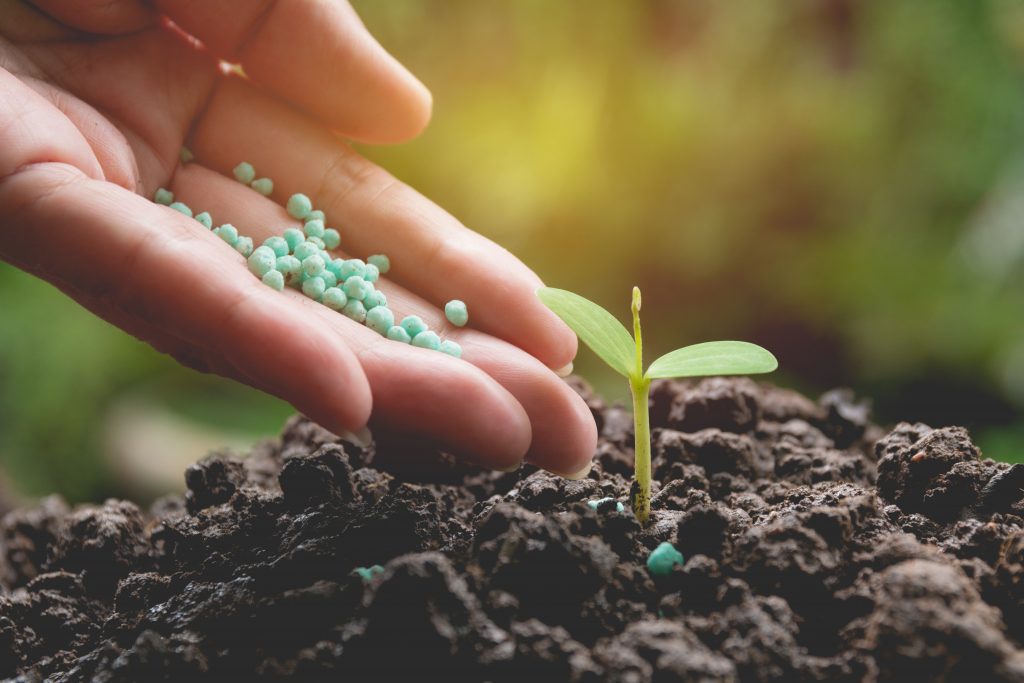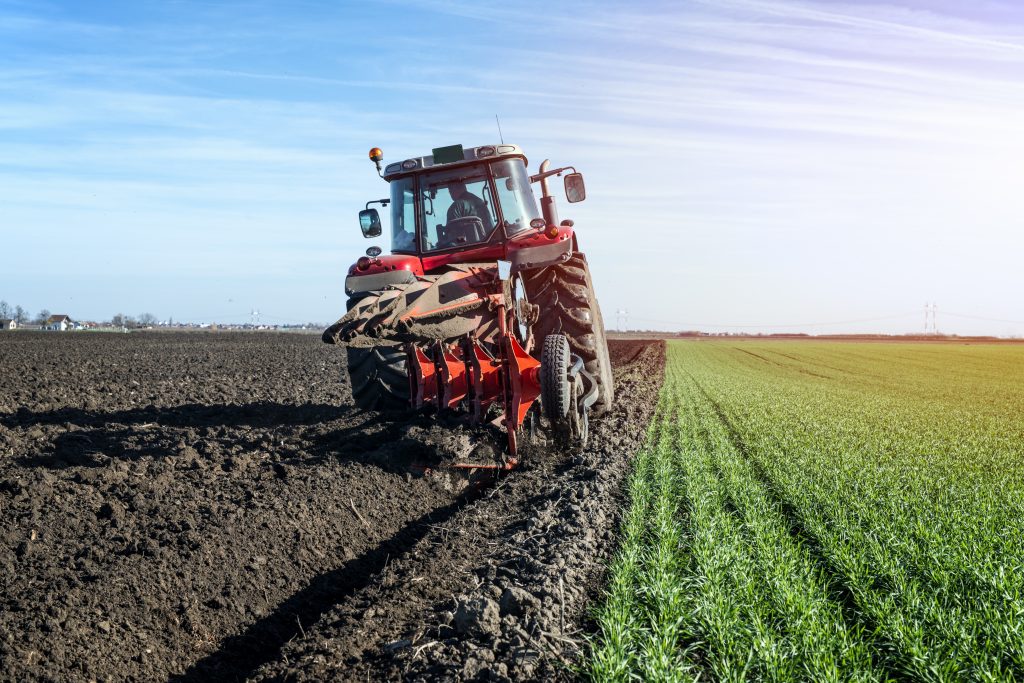Industries & Application
Industries
Mercury from Fertilizer Production
The primary components of most chemical fertilizers are nitrogen, phosphorous, and potassium. Natural gas and steam are used to synthesize ammonia as the nitrogen component of most fertilizers. Phosphorous and potassium are mined from underground deposits of phosphate rock and potassium salts (potash). Chemical fertilizers play a vital role in providing crops with the right nutrients for growth.
With the global population steadily increasing, there must be enough crops produced each year to provide food, clothing, and other agricultural products to people worldwide.


Natural gas (methane) is a crucial feedstock for fertilizer production, especially for the synthesis of ammonia and urea, which accounts for 85% of the fertilizers used. Since natural gas is a fossil fuel, it contains mercury at varying concentration levels depending on the regional source. If not removed before use, mercury can adversely affect the production process through corrosion by liquid metal embrittlement, contamination of liquid and solid wastes, pollution in the workplace and environment air, and contamination of the finished product. As a result, toxic mercury will transfer to our agricultural soils, food crops, and eventually to us as consumers.
Solutions
RA-Series
For raw water, process water, industrial wastewater, rain-runoff, acid digestion (sludges, soil, etc.)

